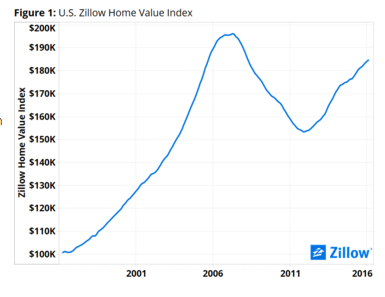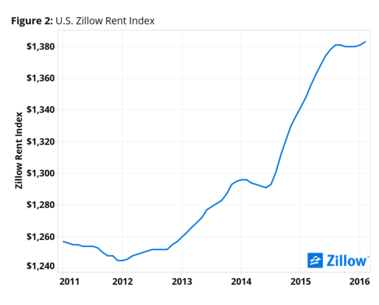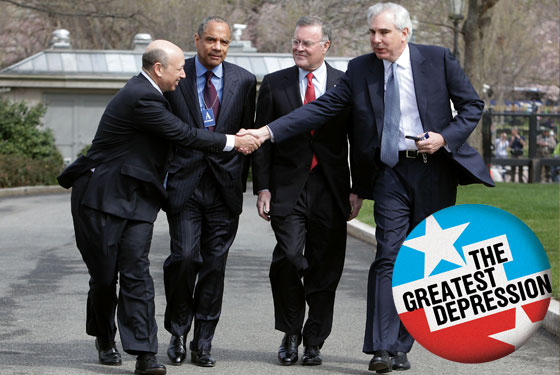As this vitriolic, unpredictable, outrageously entertaining presidential campaign enters its final stages I find myself pondering what happens next. I was reminded of the last scene in the 1972 movie, The Candidate. The movie is about a young untested non-politician candidate for U.S. Senator in California who puts his fate in the hands of a veteran political operative and overcomes a double digit polling deficit to win a huge upset victory. His entire focus during the campaign was to win. In the final scene of the movie he is standing among the celebrating campaign staffers and the fawning press corp. with a befuddled look on his face. He grabs his political consultant campaign manager and pulls him into a room. As the press break into the room he asks, “What do we do now?” The question goes unanswered and the movie ends.

The chattering class on the boob tube is enthralled and aghast at every seizure, collapse, and deplorable comment by the two most disliked presidential candidates in U.S. history. The establishment and their corporate media mouthpieces are perplexed and irate that Donald Trump has overcome their propaganda campaign to be leading in the polls with 51 days to go. He is a non-politician who was behind by double digits in the polls a month ago. He hired professional political operatives who have molded his message, while his opponent has been lying about her health, lying about selling access while Secretary of State, and denigrating blue collar middle class Americans in campaign speeches. The momentum is clearly in his favor and absent a major gaffe during the debates he could win an unlikely come from behind victory in November.









